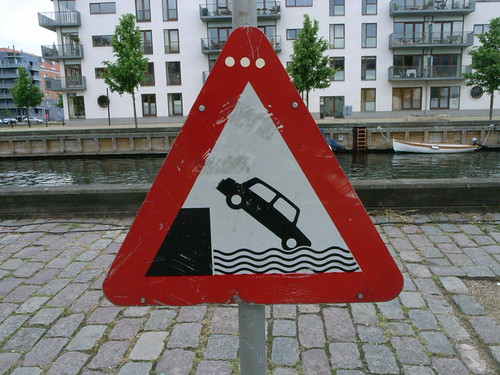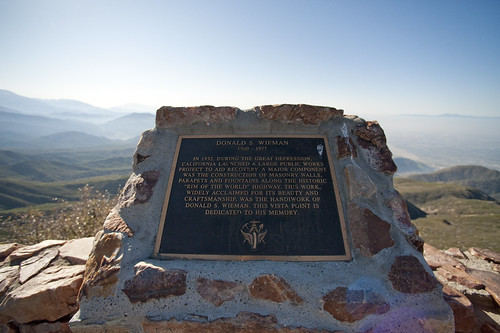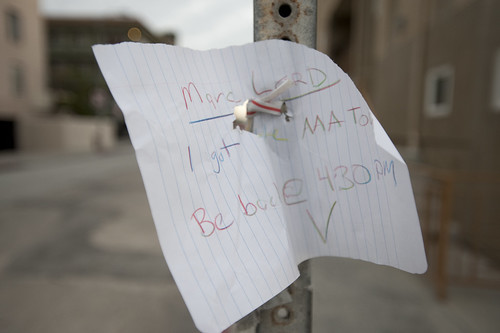
From the pass-the-information-along desk here at The Near Future Laboratory, this dispatch just clanked off the teletype. The seduction of school can be an adequate response to the frustrations that many other “normal, human-world” activities offer. In principle, its where you get to do what’s been on your mind with a bit of the protection of “academic freedom” and Ivory Tower pursuits and all that. Okay, sometimes, but this sounds like it could be just the place, leastways from what I’ve heard. And school is usually recession proof in a fashion, so long as you don’t do something silly like overpay with the expectation that the expense is returned in alumni “connections” or “brand prestige” on the other end of your schooling. That’s silly — don’t be fooled..that’s the adjustable rate mortgage of academia. Save your future earnings, be clever in what you do, circulate widely with your ideas and projects, meet people, spend your pittance on some beer and protein shakes, but mostly spend it on travel so you can meet, share, contribute. Make culture, not personal debt. Honestly. Here, at the Copenhagen Institute of Interaction Design, if you’re from the EU, your tuition is 0. Outside the EU, it’ll be 9600 euros. That’s about what a student at my former academic teaching post would spend on parking fines, hot-links and hair mousse.
******
We are very happy to announce the opening of the application process for next year’s interaction design programme, run by the Copenhagen Institute of Interaction Design and the Danish Design School. This graduate programme is the successor to our current Interaction Design Pilot Year. It will offer students an intensive 12-month education in interaction and service design. Contingent on confirmation of funding, we will begin the programme in September 2009.
For more information and the online application form, see: http://ciid.dkds.dk/admissions/
Deadline: Applications must be received by April 1st, 2009.
PROGRAMME OVERVIEW
The interaction design programme teaches students to apply technology to everyday life, through the design of software, products, and services. We believe in a hands-on and user-centered approach to interaction design. Students learn the programming and electronics skills needed to work with technology as a design medium. They conduct user-research and experience prototyping to provide real-world grounding for their concepts. Frequent work in multi-disciplinary teams encourages peer-to-peer learning. A diverse selection of visiting faculty exposes students to a range of expertise.
Next year’s interaction design programme builds on the structure of the pilot year. The twelve month programme is divided into three tiers: foundations, investigations, and the thesis. The foundations are short workshops that provides students with the skills they need throughout the year. The investigations give students the opportunity to pursue in-depth projects around a particular design brief. The thesis provides students with an opportunity to explore an area of their choosing, combining design work with reflection and knowledge generation. Additionally, students will participate in innovation projects: collaborations with industry on briefs of mutual interest.
For more information on the current Interaction Design Pilot Year curriculum, see: http://ciid.dkds.dk/education/
A gallery of course information and student work from the Interaction Design Pilot Year is available at: http://dkds.ciid.dk/
WHAT WE LOOK FOR
As an education concerned with the broad potential of design and technology, the interaction design programme is looking for a wide diversity of students. We welcome applicants from all over the world and from any background. You should be curious and creative; enthusiastic about design and working in a cross-disciplinary environment. Whether you’re currently studying or working, you should be interested in the connections between education and interaction design practice. As this is a new programme, we’re seeking students with an interest in helping to shape the education and curriculum. We plan to have a class of approximately 25 students.
CONTACT
For more information about the interaction design programme, see http://ciid.dkds.dk/ or write to info@ciid.dkds.dk.
Continue reading Announcement: Copenhagen Institute of Interaction Design..Accepting Applications




